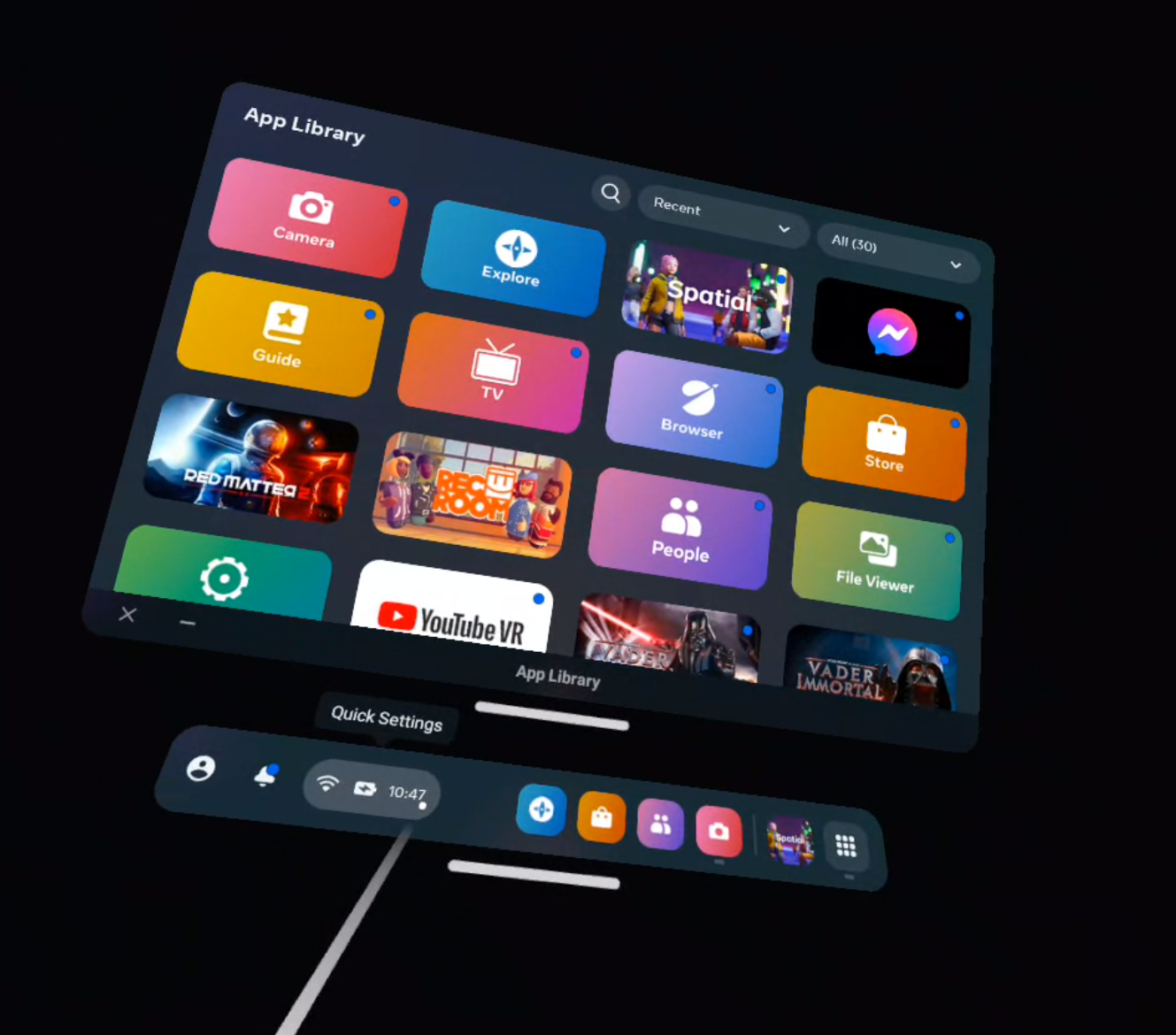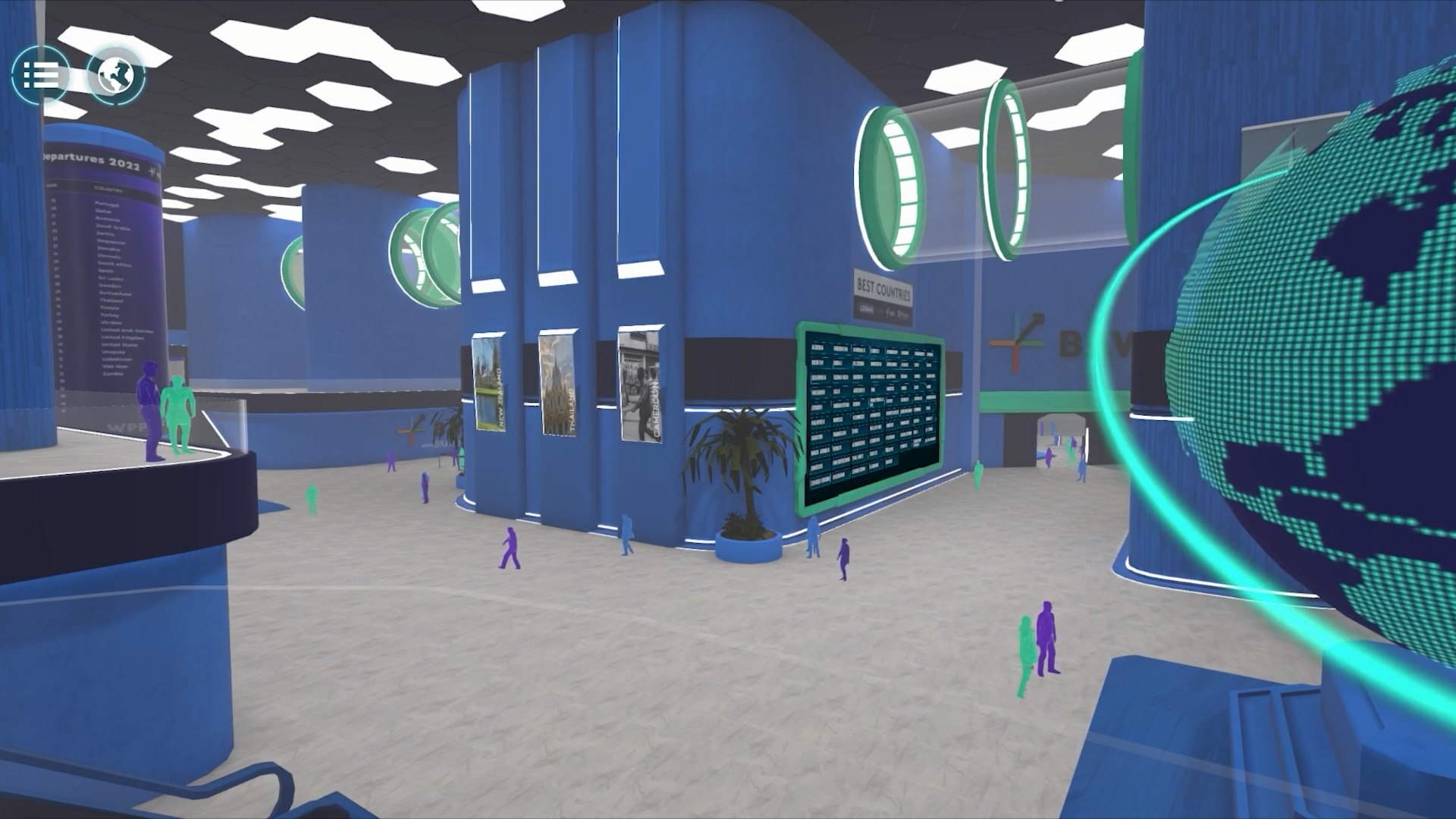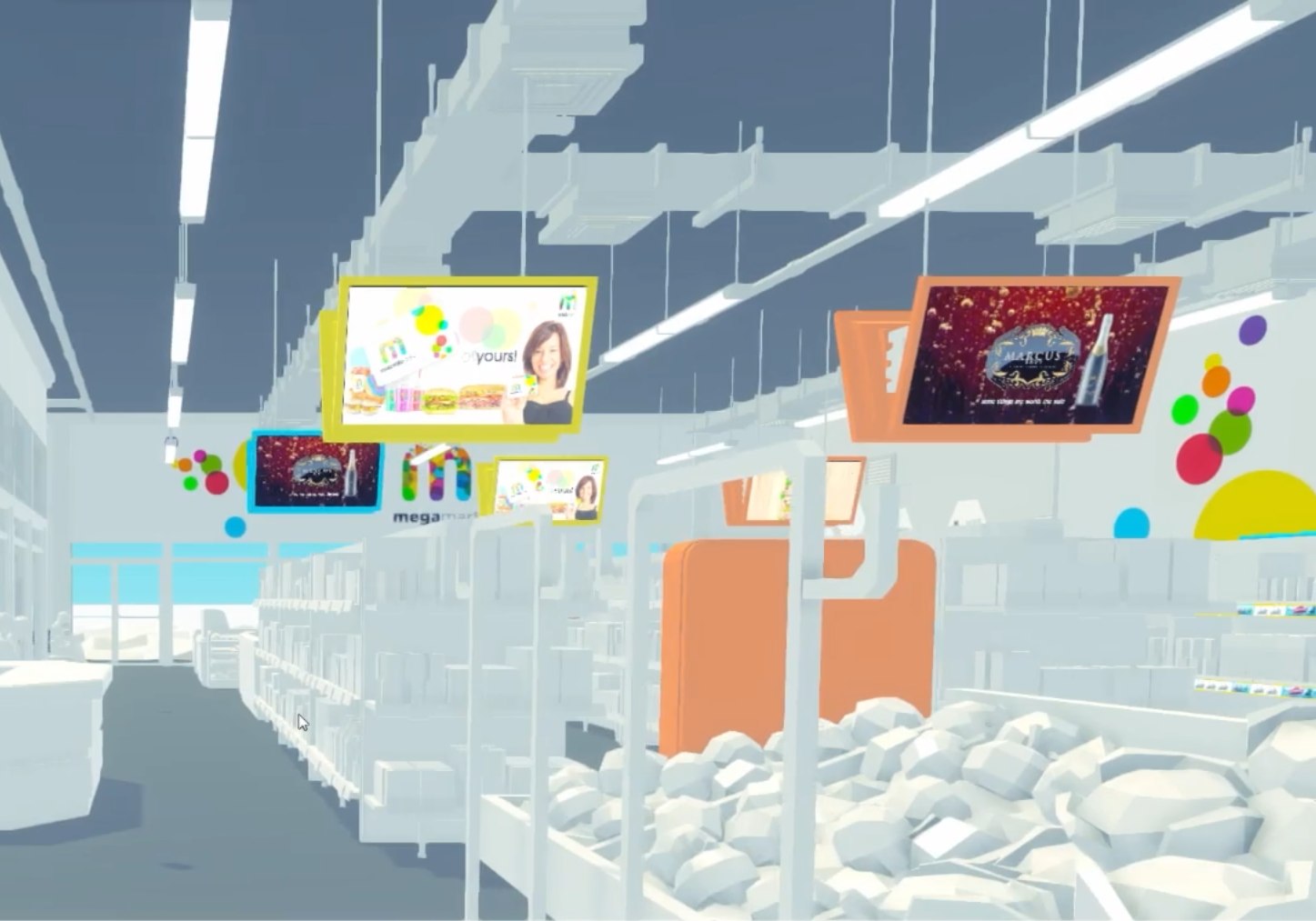
How Imersar can help with developing communities in VR
Virtual reality (VR) is not only a technology for entertainment, but also a powerful tool for social interaction and community building. VR can create immersive and realistic environments that enable people to connect with each other across distances, cultures and backgrounds. VR can also foster a sense of belonging, empathy and collaboration among users, as well as provide opportunities for learning, creativity and innovation. Developing communities in VR can have many benefits, such as:
– Reducing social isolation and loneliness, especially for people who face barriers to access or participate in physical spaces. For example, VR can help elderly people who live alone to socialize with others, or people with disabilities to access places that are otherwise inaccessible.
– Enhancing diversity and inclusion, by allowing people to experience different perspectives and cultures, and to express themselves without fear of judgment or discrimination. For example, VR can help refugees to share their stories and connect with their host communities, or LGBTQ+ people to find support and acceptance.
– Promoting social good and civic engagement, by enabling people to participate in collective actions, such as fundraising, volunteering or activism, that can have a positive impact on the world. For example, VR can help people to raise awareness and funds for environmental causes, or to join virtual protests and campaigns.
– Supporting personal and professional growth, by offering people access to mentors, peers and experts, as well as resources and platforms to showcase their skills and talents. For example, VR can help students to learn from teachers around the world, or artists to collaborate and exhibit their work.
Developing communities in VR requires careful design, moderation and governance, to ensure that they are safe, respectful and ethical. It also requires collaboration and participation from various stakeholders, such as developers, researchers, educators, policymakers and users. By working together, we can create VR communities that are not only fun and engaging, but also meaningful and beneficial for everyone.
Virtual reality (VR) is a technology that allows users to experience immersive and interactive simulations of various environments. VR has been used for entertainment, education, training, and therapy purposes, but it also has the potential to foster social interactions and community building. There are several benefits of developing communities in VR for service providers, such as enhancing social presence, reducing loneliness, promoting diversity and inclusion, and creating positive social change.
Four Benefits of using VR for Community Development
Developing communities in VR can enhance the sense of social presence, which is the feeling of being with others in a shared space. Social presence is important for human well-being, as it can foster emotional connection, trust, empathy, and cooperation. VR can create a high level of social presence by providing realistic and responsive avatars, rich and dynamic environments, and multimodal communication channels. For example, VRChat is a popular social VR platform that allows users to create and explore various worlds with their friends or strangers, using custom avatars and voice chat. VRChat has been shown to increase the sense of social presence and belonging among its users, especially during the COVID-19 pandemic when physical interactions were limited.
VR can reduce loneliness and isolation, which are common problems in modern society. Loneliness can have negative effects on mental and physical health, such as depression, anxiety, cardiovascular disease, and cognitive decline. VR can offer a way to alleviate loneliness by providing opportunities for social interaction and support, regardless of geographical distance or physical limitations. For instance, AltspaceVR is a social VR platform that hosts various events and activities for its users, such as concerts, games, meditation sessions, and book clubs. AltspaceVR can help users to find like-minded people and form meaningful relationships in VR.
Developing communities in VR can promote diversity and inclusion, which are essential for social justice and harmony. VR can enable users to experience different perspectives and cultures, as well as to overcome biases and stereotypes. VR can also empower marginalized groups by giving them a voice and a platform to express themselves and their identities. For example, The Wave XR is a social VR platform that showcases diverse musical artists and performers from around the world, using immersive visuals and sound. The Wave XR can expose users to new genres and cultures of music, as well as to support emerging artists who may face barriers in the traditional music industry.
A VR community can create positive social change by raising awareness and inspiring action on various issues. VR can leverage its immersive and emotional power to engage users in causes that matter to them and to society at large. VR can also facilitate collective action and collaboration by connecting users with organizations and movements that share their values and goals. For example, The 100% Project is a social VR platform that aims to accelerate the transition to renewable energy by educating users about the benefits of clean energy sources, as well as by connecting them with local communities and projects that are working on this issue.
Developing communities in VR can have a multiple positive benefits for individuals and society: enhancing social presence, reducing loneliness, promoting diversity and inclusion, and creating positive social change. VR can offer a unique and powerful way to connect people across time and space, as well as to foster empathy and understanding among different groups. As VR technology becomes more accessible and affordable, we can expect to see more innovative and impactful applications of social VR in the future.




